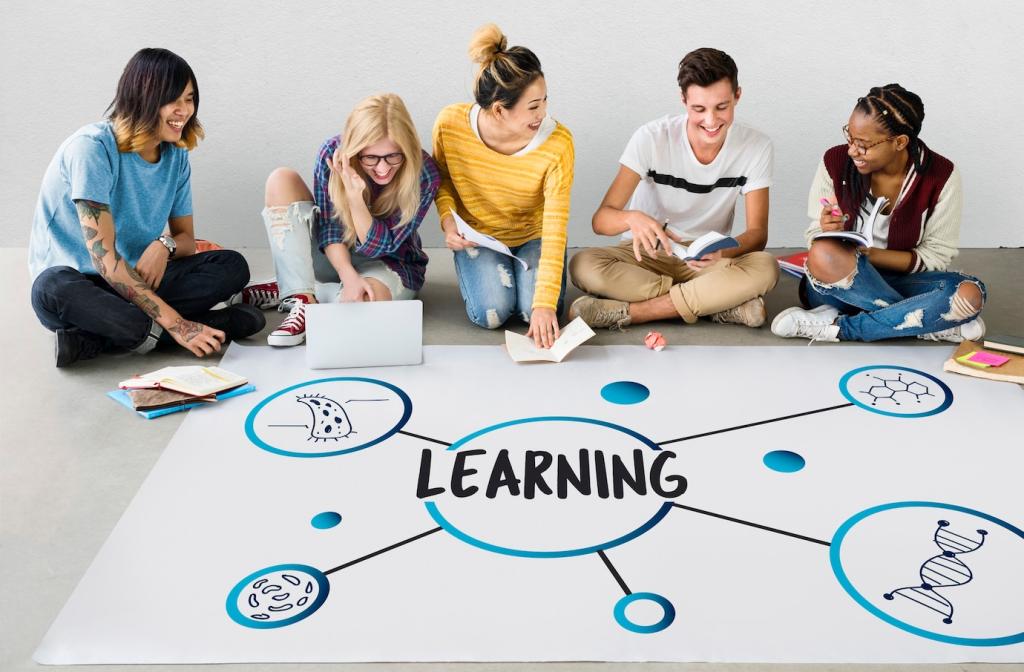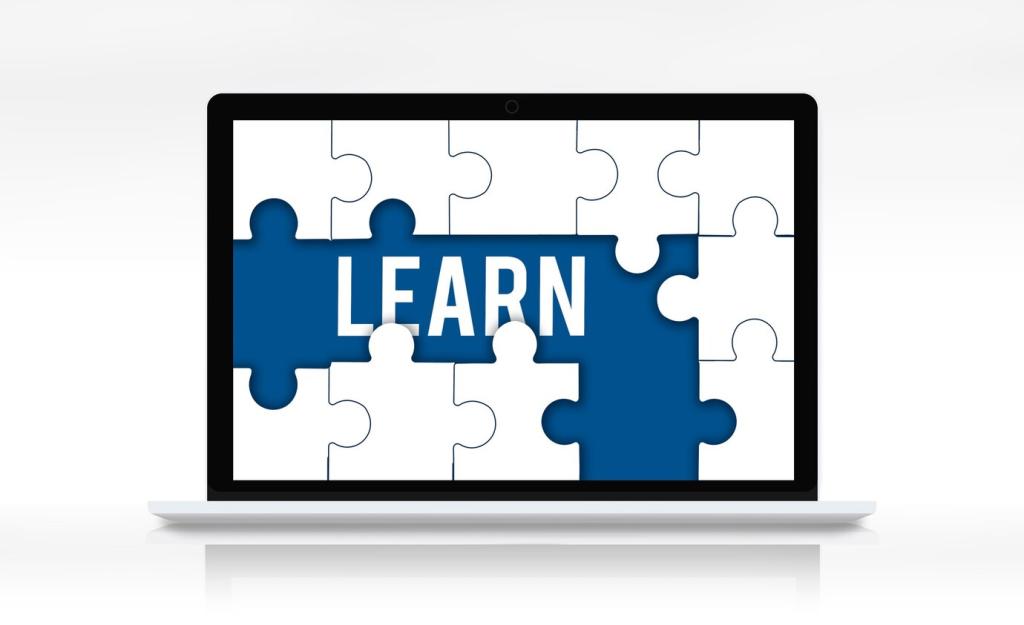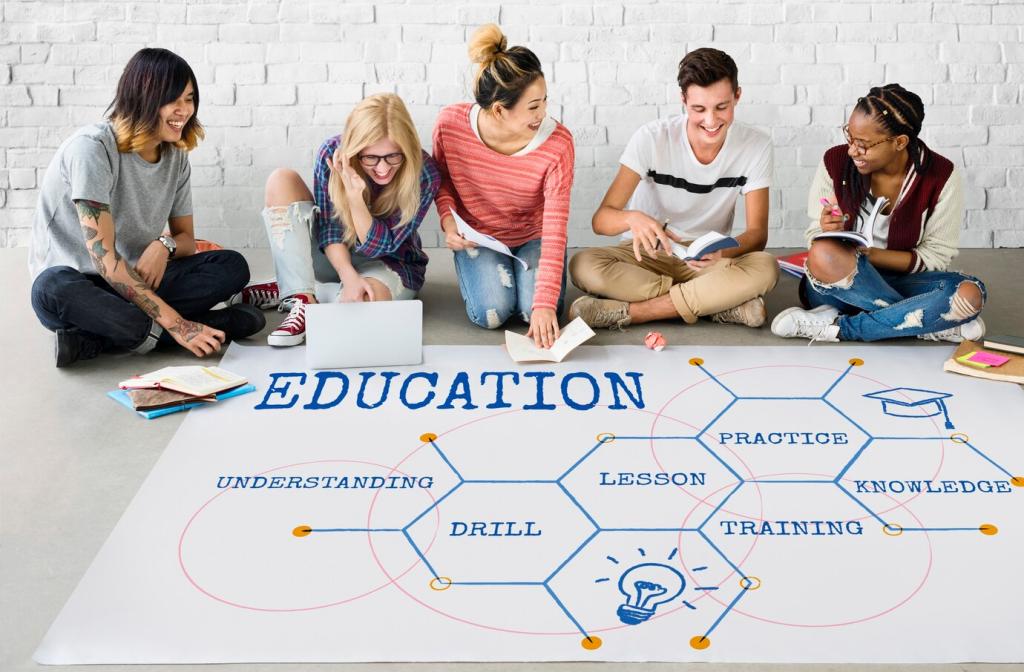Equity, Access, and Wellbeing
Offer printable packets mirroring digital tasks, schedule device-sharing stations, and cache resources offline. Invite families to share constraints early so you can adjust without stigma or surprise.
Equity, Access, and Wellbeing
Design activities that stand alone without Wi‑Fi: card sorts, think-pair-share, lab journals. When connectivity returns, students upload photos or summaries, preserving continuity and reflection.








